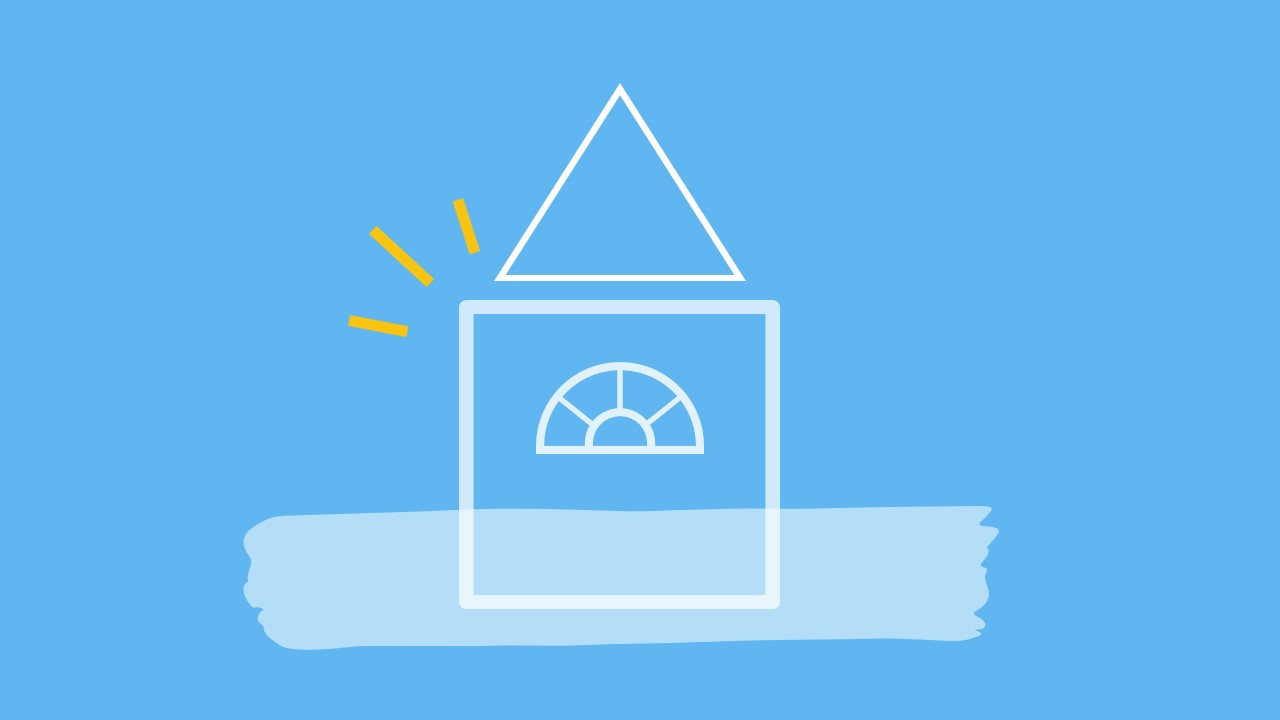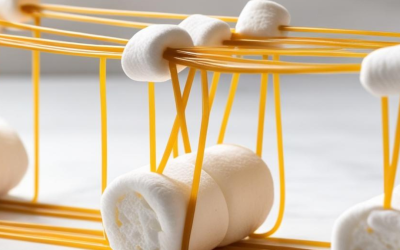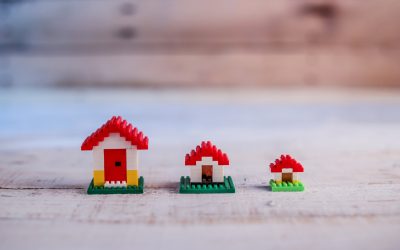*French resources included for FI Grades 1-2*
Overview
Learners explore mark-making and printmaking techniques to design buildings using basic shapes. They connect art to careers in home design and construction while strengthening literacy and numeracy skills.
NB Curricular Connections
English Language Arts
- Strand: Interactions- Big Idea: Expression – Skill Descriptor: Present facts, ideas, or opinions about a specific topic or theme
- Strand: Representations – Big Idea: Sentence Structure – Skill Descriptor: Compose complete thoughts and sentences
Mathematics
- Strand: Shape and Space – Big Idea: Geometry – Skill Descriptor: Explore attributes of 2-dimensional (2D) and 3-dimensional (3D) shapes
Explore your World
- Strand: Playfulness – Big Idea: Imagination and Creativity – Skill Descriptors: Examine new activities, interests, and possibilities
- Strand: Playfulness – Big Idea: Exploration and Problem Solving – Skill Descriptors: Invent approaches to practical problems
Visual Arts
- Strand: Create – Big Idea: Exploration and Process – Skill Descriptors: Explore the elements of art and the principles of design to develop skills, language, techniques, and processes – Achievement Indicator: Identify geometric and organic shapes in art and the environment
- Strand: Communicate – Big Idea: Reflect and Respond – Skill Descriptors: Explore and discuss artistic intent in their own and others’ expressive works
What You’ll Need
- PowerPoint presentation – Brilliant Blueprints (see downloads)
- Printing materials: Cardboard pieces of various lengths, toilet paper rolls.
- Optional printing materials: buttons, Lego blocks, textured materials (bubble wrap, corrugated cardboard, string-wrapped blocks)
- White or silver paint, paint trays, blue paper (Bristol board)
- Optional: Printed pictures of buildings, acetate paper, dry erase markers
Instructions
Career Connection:
Begin by asking learners “Who builds homes in New Brunswick?”. After learners’ volunteer ideas, go through the 5 careers listed on the slides and have learners say the sounds while doing the following actions:
-
- Saw! Saw! Saw! – pretend to be sawing a piece of wood
- Spread! Spread! – pretend to be spreading mortar on bricks
- Twist! Twist! Twist! – turn hands as if using a wrench to tighten a pipe
- Clic! Clic! Clic! – pretend to be turning on and off a light switch
- Tap! Tap! Tap! – pretend to be gently hammering nails
- Hooray! Hooray! – hands up in the air to celebrate a job well done
Explain that before all of these jobs can begin, someone needs to design the home – or create a plan for what it will look like. The designers are called architects, and the plans are called blueprints.
Exploring Shapes in Architecture:
Show images of local NB buildings (schools, fire stations, churches, etc.) on the Smartboard to trace the shapes. Slides 11-14 provide an example to use with learners.
-
- Optional: Learners work in pairs to trace and label shapes on printed images in page protectors with dry erase markers.
Mark-Making Practice:
Learners experiment with printing geometric shapes using recycled materials dipped in paint. Explain that printmaking is making pictures by pressing paint or ink onto paper in different ways. Ask learners to fill one page in the middle of their table (groups of 3-5) with different shapes (model with toilet paper roll to create a circle). Explain that shapes can also be created using lines. Practice making shapes by using different sized strips of cardboard. Prompt discussion with questions: “What shapes could be used for windows?” Ask groups to place their unique marks on a bulletin board for sharing ideas.
-
- Optional: Learners can also explore textures to put on their buildings by dipping bubble wrap or corrugated cardboard in paint and printing on the surface of the shapes (best for classes who have already explored texture in art).
Buildings in Our Community:
-
- Ask learners to list types of buildings they have seen in their community (slide 16). What makes them unique? Explain that learners can design any type of building today for their art project.
- Discuss features like windows, doors, walls, and roofs. What are the basic parts that all buildings should have (slides 17 and 18).
- Explain that it is the details that will make buildings unique. Ask learners to brainstorm other features that different types of buildings in their community might have (slides 19 and 20). All of these ideas can be used in their artwork.
Creating the Blueprint:
-
- Learners decide what kind of building they are creating. Brainstorm shapes and details that can be used in the design. Revisit the mark-making practice and discuss techniques they learned while playing with the materials.
- Finally, each learner will create their own building design on a new sheet of blue paper. Learners “build” the design by stamping a variety of shapes onto the paper.
- Learners name and discuss the shapes as the teacher circulates. Describe the attributes of 2D shapes (e.g., number of sides, corners).
- Engage learners in writing grade appropriate descriptive sentences about the marks they are making.
Sharing:
Ask learners to describe their building using vocabulary words (roof, column, balcony, etc.), count elements (e.g., number of windows), name shapes, and describe details used. Optional: learners may be asked to record ‘two stars and one wish’ about the artwork they created.
Reflection:
See reflection questions on slides 22-24. Provide multiple ways for learners to respond and share ideas. These questions prompt learners to reflect and think, both important parts of the experiential learning cycle (Experience, Reflect, Think, Apply).
Extension Ideas
Learners create a short story about who might live in the building they have created. Differentiate learning by providing options to record the story, try speech to text, or draw and describe the characters who live in the building.
Cut out and combine all buildings to create a class mural with a community street scene. Ask learners to create a story about this community and the people who live there.
Reflection Activity
Please see the attached PDF for several additional choices on how you and your learners can reflect upon today’s activity.




